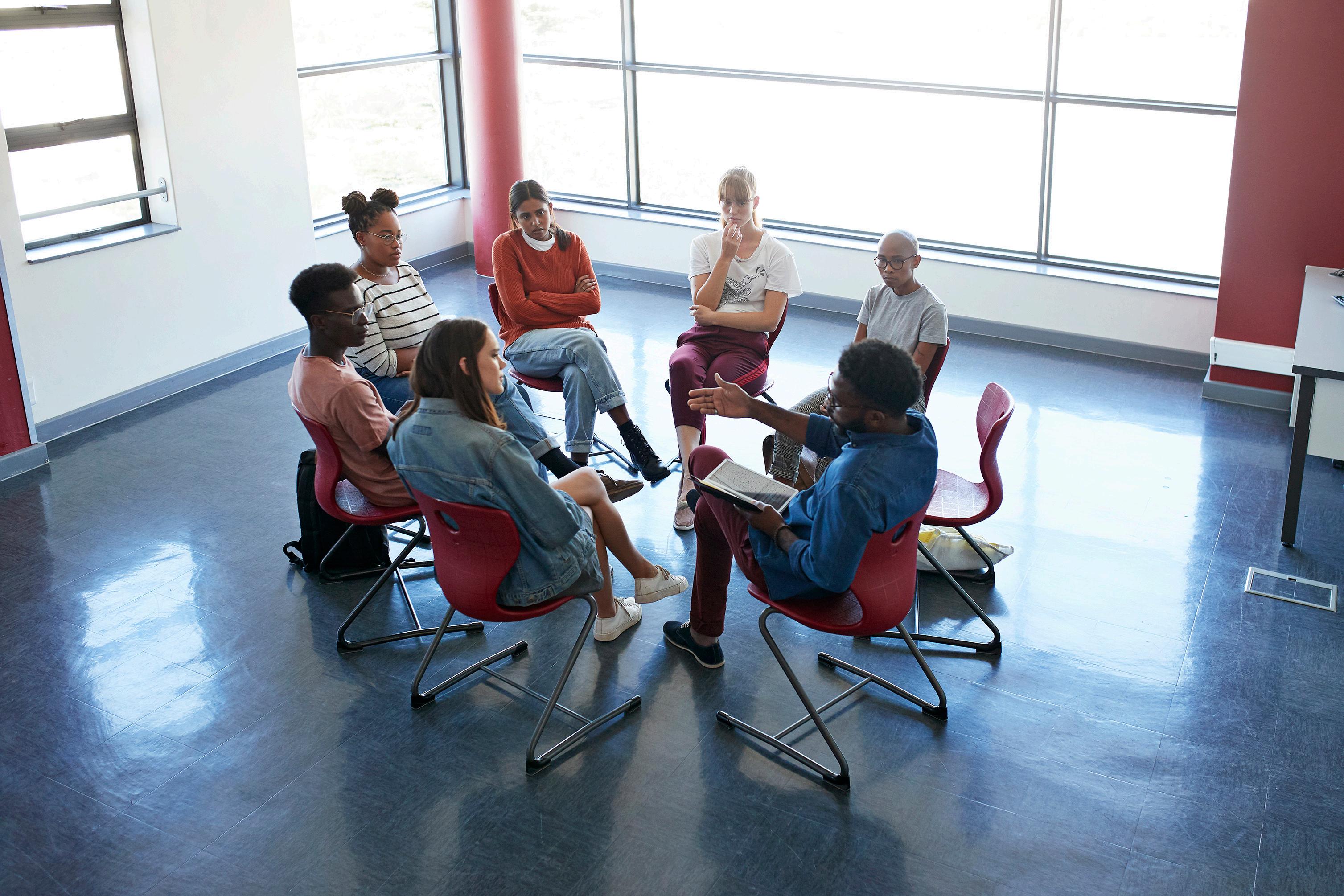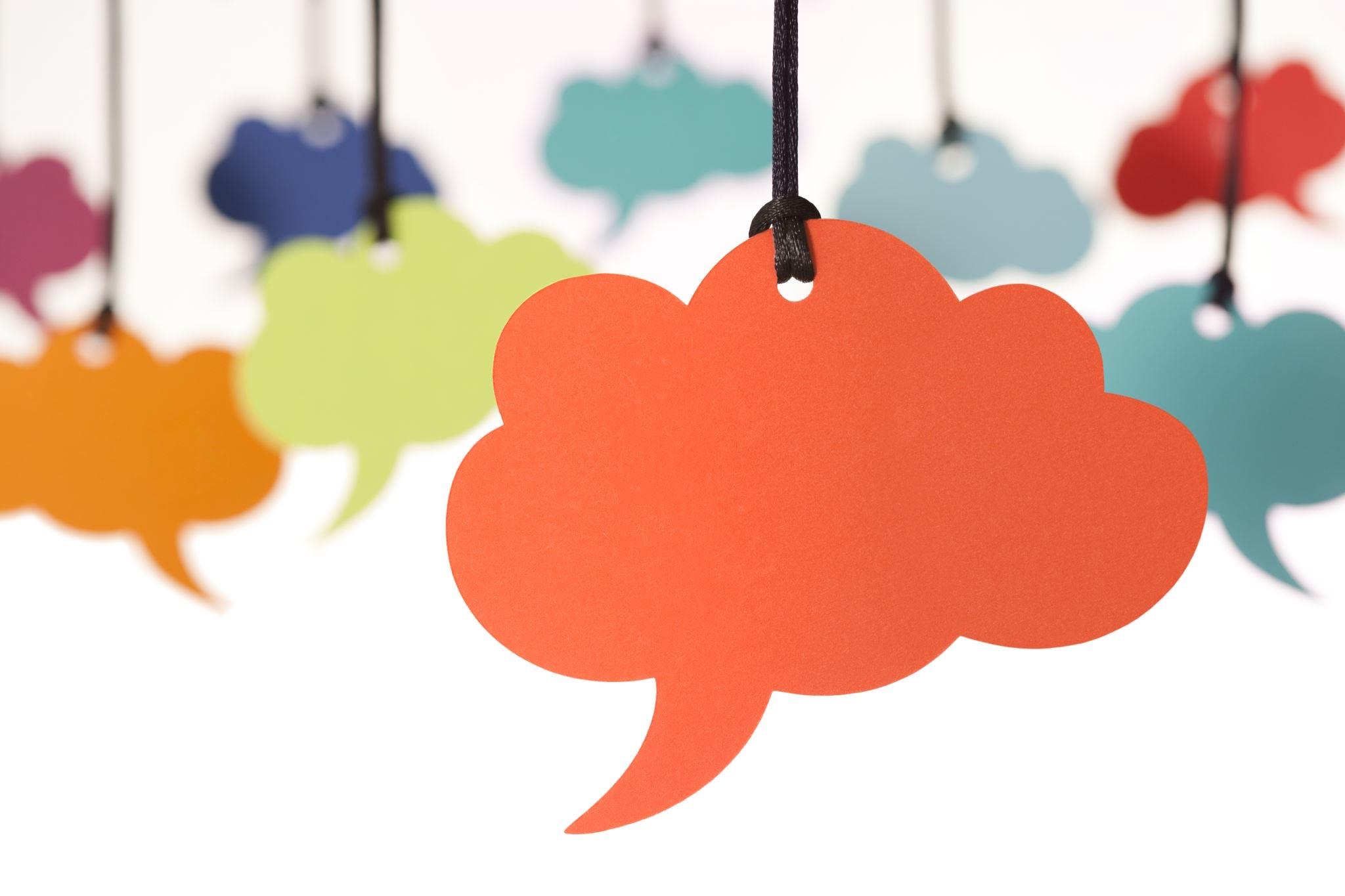
BUILDING A SELF -CARE TOOLBOX
Julie Larson, LCSW


Julie Larson, LCSW
NEWLY DIAGNOSED (Change in Treatment Plan)
■ Education on individuality of diagnosis and treatment options
■ Formulating questions for medical team
■ Navigating the hospital system
■ Learning the members of the medical team and their role
■ Pacing information and getting organized


■ Establish a list of trusted resources for educating yourself
■ Connect with a support group or cancer mentor for a first-person perspective to gather tips and tricks for coping
■ Get a binder or notebook to organize information in one place
■ Write down all questions then prioritize them before medical appointments
■ Consider what you want people to know as you begin to share the news.
■ Noticing.
■ Connecting with body
■ Connecting with others
■ Paying attention to what is working for you & what is not.
■ Learn how stress shows up for you

■ Track treatment to understand side effects and changes throughout course of care
■ Need for control
■ Navigating work or school
■ Supporting or establishing boundaries with family & loved ones
■ Understanding & accessing supportive care resources

■ Breaking time into manageable chunks
■ Fine tuning self-awareness about unmet needs
■ Self-compassion Break:
– Reality Check
– Acceptance
– Manage expectations
■ Connection with other survivor peers
■ Prepare scripts for challenging situations

■ Health Care Professionals
■ Peers (other who “get it!”)
■ Friends and Family

■ Identify the qualities that are uniquely important to you about this important relationship
■ Points to Consider:
- Practical Reasons: Location, Cost or Insurance
- Professional Reasons: Training, Background or Experience
- Interpersonal Reasons: Gender, Age or Style

Remember, a professional who works well with one person may not be a good choice for someone else.

■ Feel more normal
■ Share information
■ Unite to effect real change
■ Learn from others
■ Provide support in fulfilling ways
■ Find reassurance and validation

■ You have a history within these relationships that may be informative
■ May be more available to you on a consistent basis.
■ You may feel more comfortable sharing vulnerabilities
■ They may serve as an escape or distraction

ACTIVITY: Categorize “YourPeople”





■ Consider those in your support network. Who is the best audience for your need today?
■ Create (and rehearse!) simple responses for casual interactions
■ Have ”Conversation Changers” ready if you need to redirect.
■ Begin to pay attention to the topics that feel sensitive to you.
■ Talking about cancer can be complicated. Remember, important conversations are an ongoing dialogue, not a one shot deal.
■ Grieving losses and changes
■ Reconciling identity
■ Reconnecting with relationships and activities outside of cancer
■ Finding meaning and purpose


■ Body:
– Breathwork
– Ground yourself by using your 5 senses
– Exercise – move your body
– Visualization
■ Mind:
– Challenge thoughts: What if to What is
– Schedule out worry
– Thought watch
– Claim your Executive Self
■ Spirit:
– Perspective
– Universal suffering
– Purpose and meaning









